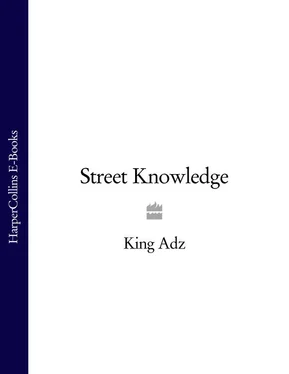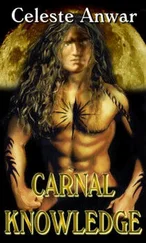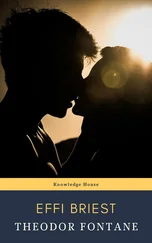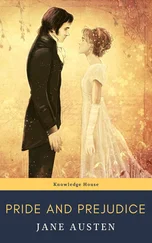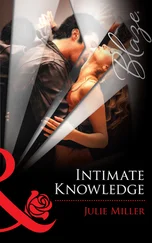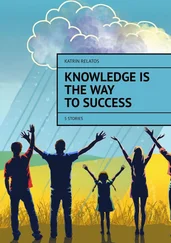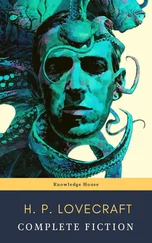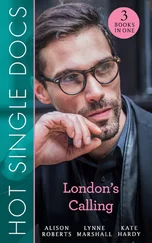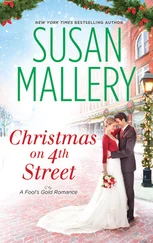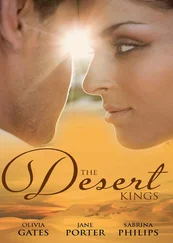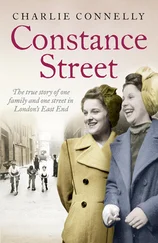One thing that is interesting about Berlin is the courtyards behind the tall apartment buildings. There is a whole world waiting to be explored and most courtyards are accessible to the public. You can be on the most urban street and wander through the heavily graffiti’d arch, then step into another world: ponds, trees, timber yards, artists’ studios, kindergartens, communal eating and living spaces, indie cinemas. There are some great independent festivals and events in and around the city, especially in the summer when the city comes alive. The Berliners love their independence and when the 02 stadium was built recently there was much protesting at the homogenization of their culture, with a lot of the city promising to boycott any concert there. Here here! I say. Fight the power and commercialization of culture.
There isn’t much left of the wall except for the tourist area in the Potsdammer Platz and the West Side gallery along the river in Kreuzberg. The latter is the one to visit as a lot of the original wall art is still visible and this tells its own story of the wall.
BERLiN ON LESS THAN 40 EUROS A DAY
Berlin is one of the cheapest western European cites. The figures below will change slightly with inflation, but this is what you can live off:
| Dorm bed in decent hostel |
€16 |
| Continental Breakfast |
€2 |
| Lunch (doner/pizza) |
€2.50 |
| Supper (quality) |
€7 |
| Travel Card |
€6.10 |
| Drinks (ten bottles of beer/soda) |
€5 |

www.brokenfingaz.com
I drive 90 km north of Tel Aviv to the city of Haifa. On the way I pass gas stations with giant dragons sat on the roof breathing neon fire onto the peeps filling up their cars and state-of-the-art shopping malls and entertainment complexes. There is nothing backwards about Israel, even out of the cities. I’m in Haifa to hang out with the Broken Fingaz, a multi-faceted, multi-talented, young and restless art and music crew who virtually run the street scene in Haifa single handedly. And after I marvel at their fucking cool shop in the mixed Massada area, they take me downtown to the Arab part of town for some killer hummus.
‘We attempt to recreate our personal twisted world into our art. Most of the time what comes out is a lot of colors, organs, fat people and animals on acid. We started as part of the first generation of graffiti writers in Israel at the beginning of the decade. Five years ago we started a line of underground parties, and designed all the posters and flyers for the events. That was our first serious experience with graphic design, and slowly we started to design most of the flyers and posters for parties and shows in Tel Aviv. From there we evolved to other media such as T-shirts and plush dolls, screen prints, fine art and eventually opening our own gallery and shop, keeping it DIY at all times.’
Not only do they design the posters, they host the events in Haifa and then promote the shit outta whatever, as they believe in what they do. It’s been a while since I’ve met such an enthusiastic and energized bunch of kids, and this is a breath of fresh air for street culture.
‘Street culture means having an edge, style, being a part of your local community. It’s about putting your shit outside, not only through the media and the web. The fact that street art gets so hyped these days just makes it possible for us to actually make a living from stuff we like doing anyhow.
‘We grew up in Haifa City, a true old school town. It’s like San Francisco of the Middle East, only without the hipsters and the gays, just the homeless and the old hippies. On one hand growing up in this gypsy town made it hard to be exposed to many things we liked in this culture; on the other hand, being a pioneer and playing on fresh ground made the game much more self motivating and gave us the opportunity to see the scene growing from zero to really cool and artistic.
‘Our influences are, hash, music, weird people, growing up in a fucked-up militant country, hummus, skateboarding, porn, Haifa….’
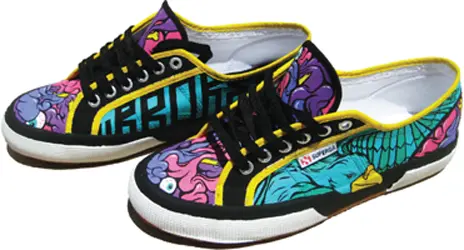
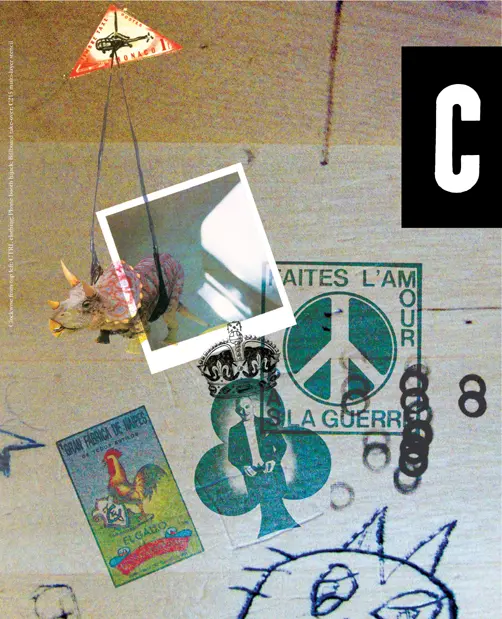
www.centralstationdesign.com
One of the creative driving forces coming out of Manchester (>p172) is the creative collective Central Station, comprised of Matt and Pat Carroll and Karen Jackson. The visual yin to the Happy Mondays audio yang, Central Station provided all the art, including record sleeves, stage sets, music videos, to the movement. And their art is fucking amazing. When I had to swiftly make a business card in South Africa I was so inspired by their Black Grape ‘Carlos’ cover (see right) that I used the same police photo-fit image with the words ‘Graphical Terrorist’ scrawled underneath. I sat down with Matt, Pat, and Karen in Manchester on a sunny day in 2009.
‘We’ve been into making art since we were kids. There was eleven of us living in this tiny council house — it was chaos. Art became a way of entering our own world and space. We were influenced by all the shit that was around us, music, books, films, magazines and mad characters. A subliminal intake of the world, a subconscious collection of ideas. We were into things like drawing, type, and making marks — stuff that kids round our way were just not interested in.
‘Our front room was full of our brother’s massive record collection and we were fascinated by some of the sleeve art — it was amazing. We’d buy our own records and redesign the sleeves ourselves, or if we bought a single without a proper sleeve we’d make one. We’d spend hours copying images from Marvel comics. Drawing pictures and cartoons of pop stars and people off the telly.
‘Our Dad introduced us to magazines and books that we would never have looked at. It opened up a world that had a massive effect on us. Some of the visual images we discovered at that time — like when we read about the air disaster with the rugby team in the Andes in 1972-that fascinated us for 20 years. Reading about things like the Baader-Meinhof gang, terrorist movements, stuff like that had a big impact on us and influenced our work — eventually. Being a kid in the 70s and early 80s, you have to remember that it was a fucking grim time — but we always had dreams and aspirations beyond our means, we always thought outside of what you’re supposed to. One of the most important things when you get older is to connect back to all those key moments. People forget that… A lot of people become adults and they fucking erase everythin’ they think is no longer important. We’ve always believed that’s the stuff you keep. When we set up Central Station our priority was to celebrate this idea. Growing up with the Mondays meant we shared the same mentality-we didn’t give a shit.
‘Factory records became an outlet for us all to infiltrate a commercial environment. Our art, images like Bummed and Carlos the Jackal were exhibited in high-street shop windows, people’s homes, and posters were plastered around the country. We were part of an underground movement, using the establishment to communicate to a wider audience.’
Читать дальше
